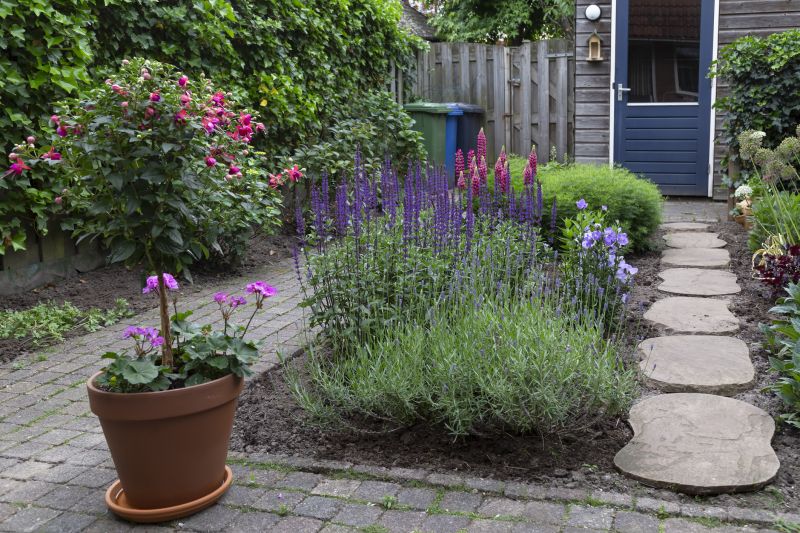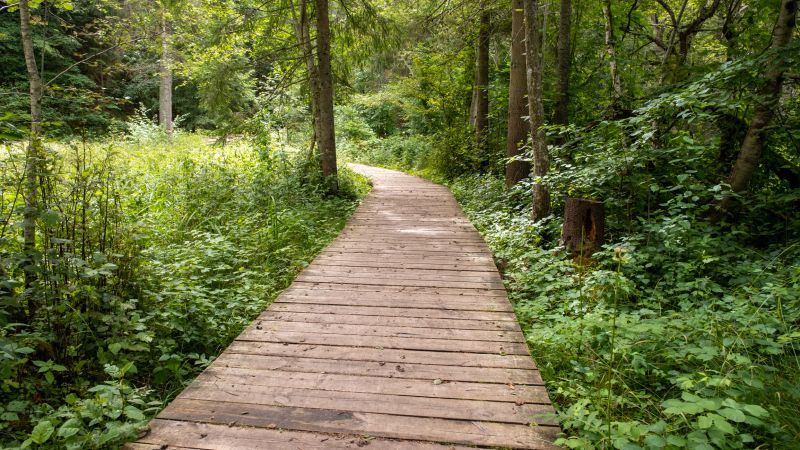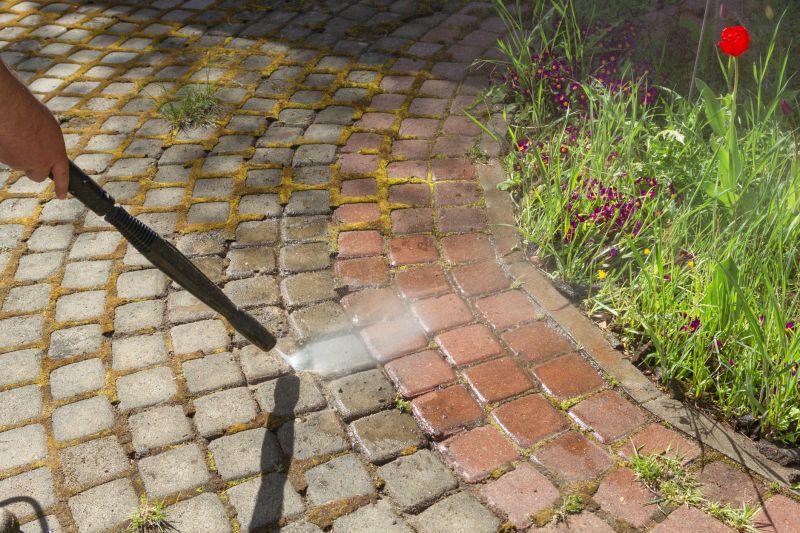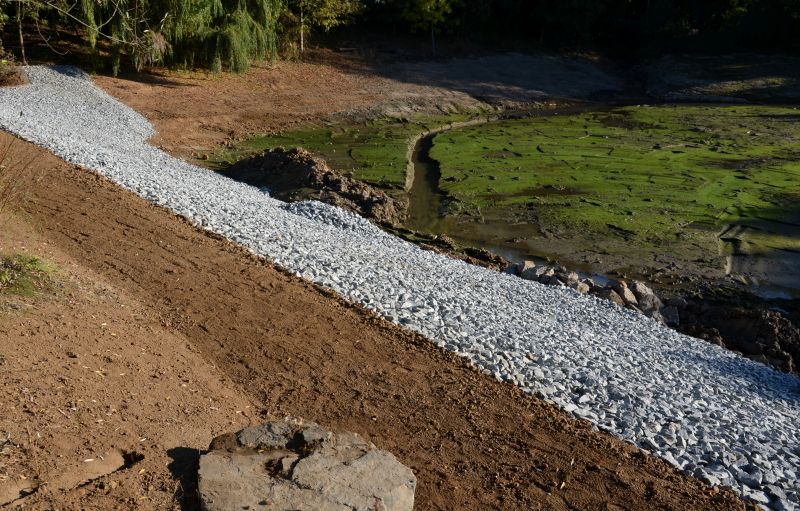Optimal Timing for Pathway Clearings
Pathway clearings are most effective when performed during specific times of the year, depending on environmental conditions and vegetation cycles. Proper timing ensures optimal results, minimizes regrowth, and reduces the need for repeated interventions.
Ideal for removing overgrowth after winter, promoting healthy growth and preventing invasive species from establishing.
Suitable for maintaining pathways before the onset of colder weather, allowing vegetation to recover before winter.
Performed during winter in colder climates, when plant activity is minimal, reducing regrowth.
After storms or heavy rain, clearing can prevent damage and remove fallen debris from pathways.

Ways to make Pathway Clearings work in tight or awkward layouts.

Popular materials for Pathway Clearings and why they hold up over time.

Simple add-ons that improve Pathway Clearings without blowing the budget.

High-end options that actually feel worth it for Pathway Clearings.

Finishes and colors that play nicely with Pathway Clearings.

Little measurements that prevent headaches on Pathway Clearings day.
Pathway clearings involve removing overgrown vegetation, fallen branches, and debris to restore access and safety. Proper timing enhances the longevity of the cleared pathway and reduces maintenance frequency. Seasonal considerations, such as plant growth cycles and weather patterns, influence the optimal timing for clearing activities.
Statistics indicate that performing pathway clearings during dormant seasons or early in the growth cycle can reduce maintenance costs by up to 30%. Additionally, timely clearings help prevent invasive species from establishing, preserving native vegetation and pathway integrity.

A 60-second routine that keeps Pathway Clearings looking new.

A frequent mistake in Pathway Clearings and how to dodge it.

Small tweaks to make Pathway Clearings safer and easier to use.

Lower-waste or water-saving choices for Pathway Clearings.

The short, realistic tool list for quality Pathway Clearings.

Rough timing from prep to clean-up for Pathway Clearings.

Quick checks and paperwork to keep after Pathway Clearings.

Examples that show the impact a good Pathway Clearings can make.
| Season | Recommended Timing |
|---|---|
| Spring | Immediately after winter dormancy, before rapid growth begins. |
| Summer | Early summer for ongoing maintenance, avoiding peak growth. |
| Fall | Late summer or early fall to prepare pathways for winter. |
| Winter | In colder climates, during dormancy to minimize regrowth. |
| Post-Weather Events | Following storms or heavy rain to clear debris. |
Choosing the right time for pathway clearings depends on local climate, vegetation types, and specific maintenance goals. Regular assessments can help determine the optimal timing for each location, ensuring pathways remain accessible and safe year-round.
Interested in scheduling pathway clearings? Filling out the contact form provides an opportunity to discuss timing options tailored to specific needs and conditions.
